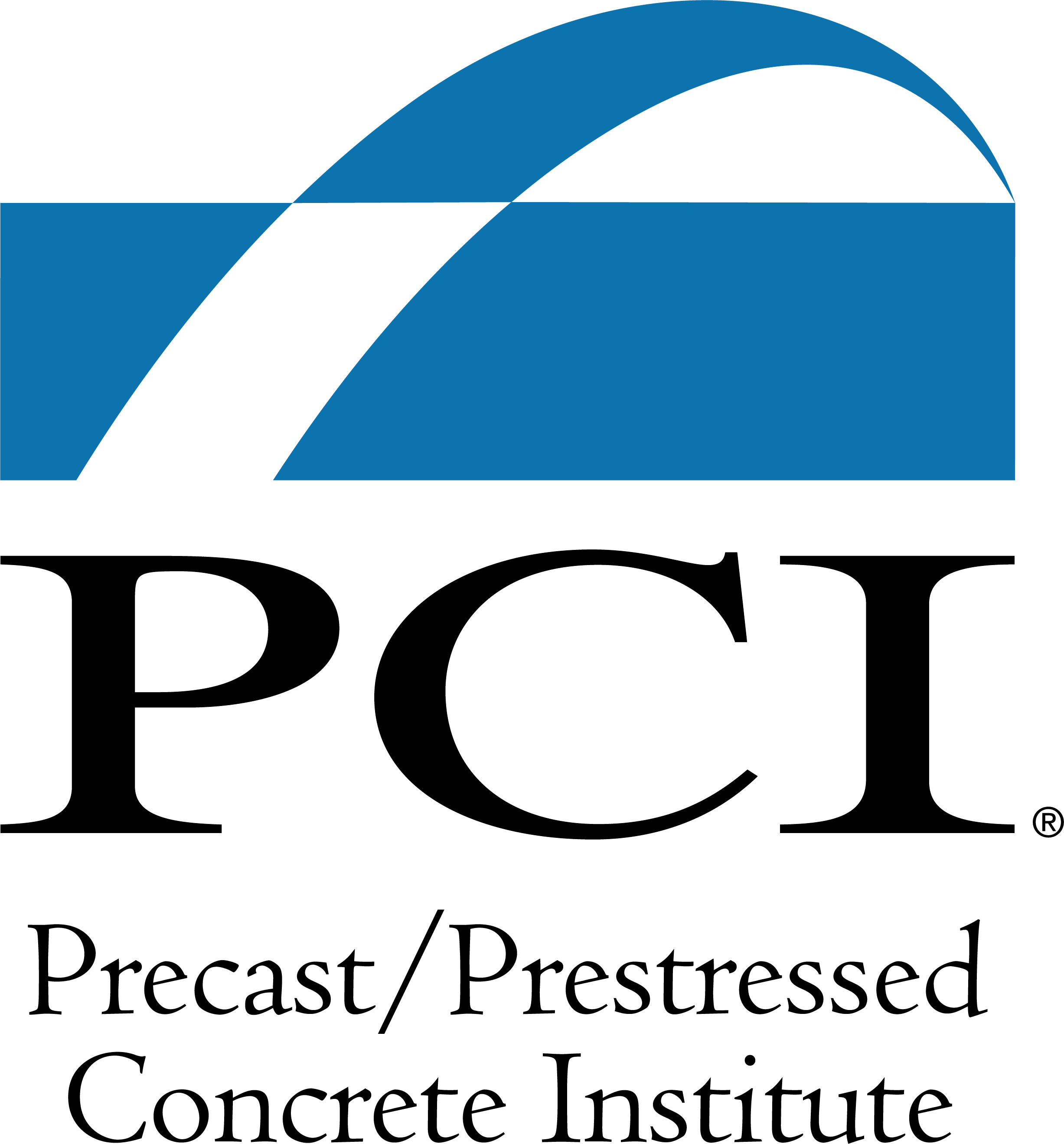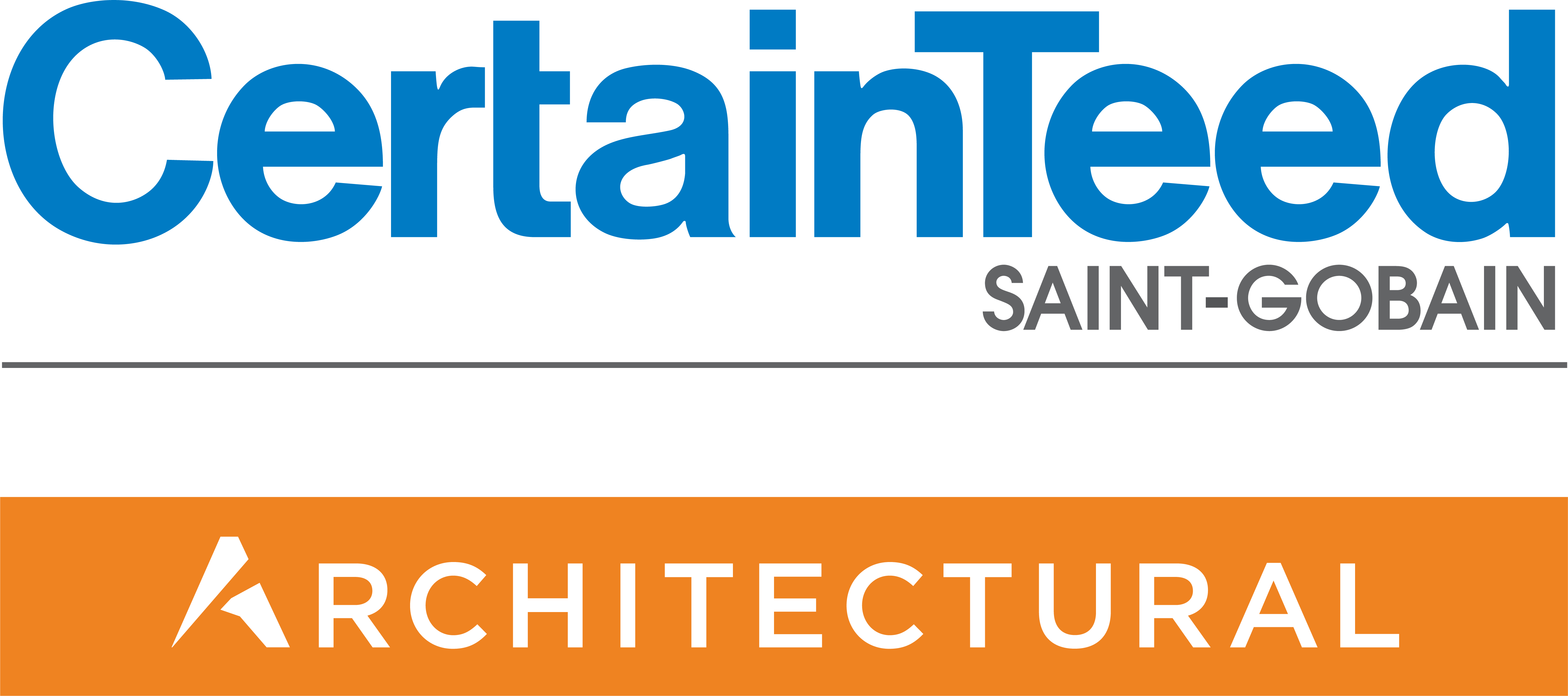Opening Keynote: HUMANITY X NATURE
Learning Objectives:
- Discuss the benefits of glass as a material for both facades and innovative optical lenses.
- List several benefits of designing architectural pieces that naturally decay or decompose over their practical life.
- Explain how biopolymers can be created in harmony with nature in an ethical and sustainable way.
- Discuss the importance and potential uses of melanin as material to limit exposure to ultraviolet radiation.
Credits:
This course is approved as a Structured Course
This course can be self-reported to the AANB, as per their CE Guidelines
Approved for structured learning
Approved for Core Learning
This course can be self-reported to the NLAA
Course may qualify for Learning Hours with NWTAA
Course eligible for OAA Learning Hours
This course can be self-reported for Learning Units to the Architectural Institute of British Columbia
Over the past 200 years, humanity has become the dominant force in shaping the face of our planet. 2020 marks the crossover year when the anthropomass—the mass of the built environment—exceeds the biomass on our planet. Current building technologies and material practices are the main culprits, propelling us toward an inevitable future where we may be called upon to build shelter against ourselves. Projecting 200 years ahead: what are the values, knowledge and skills we must deploy to architect a future of synergy between the grown and the built environments?


|
A multi-disciplinary designer, Oxman founded The Mediated Matter Group at the Massachusetts Institute of Technology in 2010 where she established and pioneered the field of Material Ecology, fusing technology and biology to deliver designs that align with principles of ecological sustainability. Oxman became a tenured professor at MIT in 2017. Oxman received her PhD in Design Computation at MIT in 2010. Prior to that, she earned a diploma from the Architectural Association in London, complementing studies at the Faculty of Architecture and Town Planning at the Technion Israel Institute of Technology, and training at the Department of Medical Sciences at the Hebrew University, Jerusalem. Oxman was an architect and research consultant at Kohn Pedersen Fox Associates in London from 2004-05, during which she also served as Visiting Associate and Evaluator for SmartGeometry Group. In addition to over 150 scientific publications and inventions, Oxman’s work is included in the permanent collections of leading international museums including MoMA, San Francisco Museum of Modern Art, Centre Pompidou, MAK Museum of Applied Arts, FRAC Collection for Art and Architecture, and the Cooper Hewitt Smithsonian Design Museum. Her work has been recognized at the World Economic Forum, where she was named a Cultural Leader in 2016 and is a member of the Expert Network. In 2018, Oxman was honored with the Cooper Hewitt National Design Award and the London Design Innovation Medal. In 2019, Oxman received an Honorary Fellowship by the Royal Institute of British Architects and the Contemporary Vision Award by SFMOMA. |








































